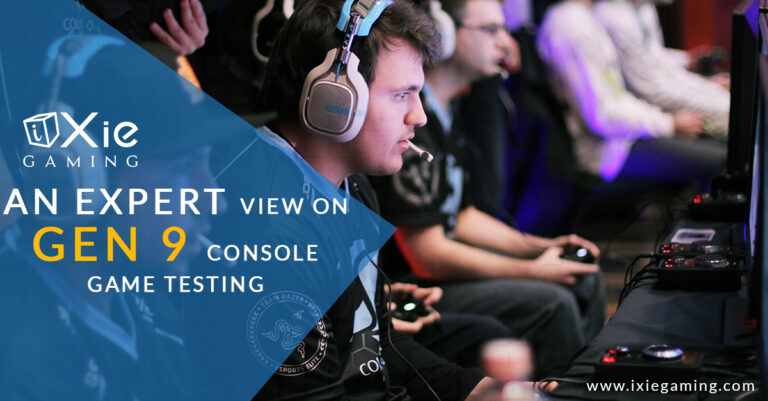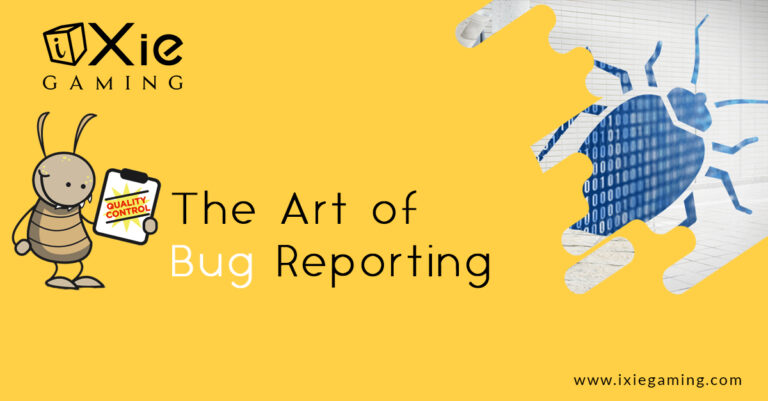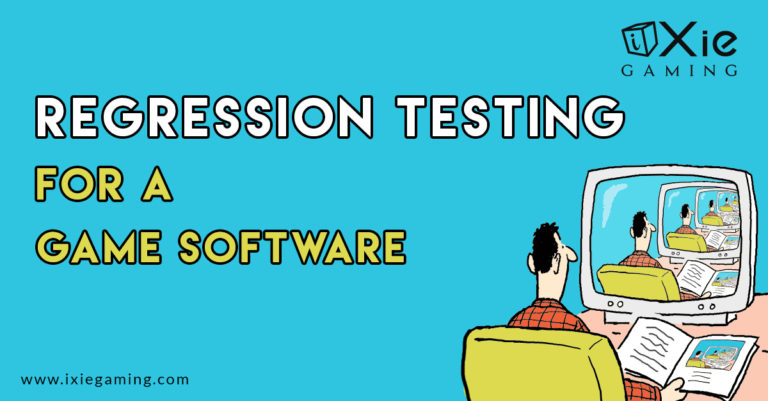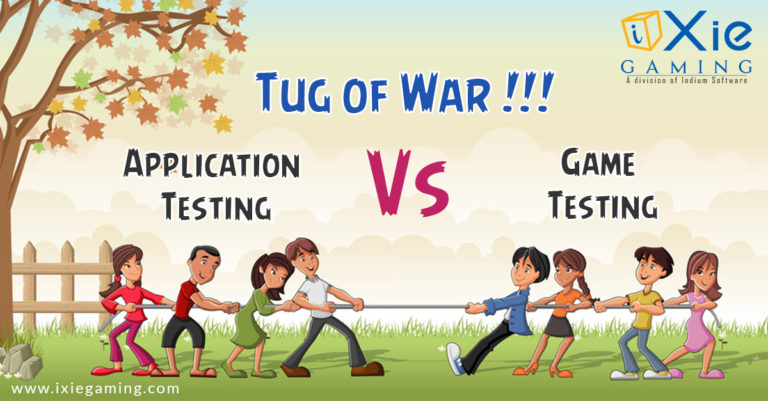Testing mobile games is crucial as it helps you release bug-free games, boosting the gaming experience. However, in the fast-evolving tech world, developers have had to build mobile games for different operating systems (OS), including iOS, Android, and Windows. However, Android and iOS are arguably the most popular mobile phone operating systems. But is testing of mobile games for the two operating systems the same?
Well, testing mobile games for iOS and Android follows similar practices and principles. However, there are several differences due to the varying characteristics of these operating systems. Without further ado, let’s dive deeper into the key differences between iOS and Android mobile game testing.
1. Device Fragmentation
iOS is a proprietary software solely owned by Apple. This means Apple is the only producer of all iOS devices. Therefore, it has a more regulated ecosystem with limited device models and screen sizes. This minimizes the fragmentation of devices, making it easier to test your game on iOS devices.
On the other hand, Android is an open-source software designed by Google. This means developers can create modified versions of Android. In fact, every aspect of the Android operating system can be customized to suit the developer’s specific needs.
With this freedom, Android developers create devices with varying screen sizes, hardware capabilities, OS versions, and resolutions. This fragmentation makes Android mobile game testing more challenging, as developers must ensure their game runs smoothly across multiple device configurations.
2. Marketplace Guidelines and Policies
Apple has strict review guidelines for submitting a gaming application in the App Store. Therefore, you must comprehensively test your iOS gaming app to ensure it meets the required guidelines. In fact, these strict guidelines can impact the testing process, as you may need to adjust your game to meet Apple’s requirements.
On the contrary, Google has relatively lenient restrictions when it comes to publishing your game on Google Play Store. However, you must comply with specific guidelines for game submission, including content restrictions and security requirements. This will ensure your game remains available on the Play Store unless someone reports it.

3. Application Permissions
As initially stated, iOS is proprietary. This implies that it has a more rigid permission system, and users have less granular control over permissions. Testing should ensure that your game adheres to Apple’s privacy guidelines. Otherwise, the game will not be published on the App Store.
On the other hand, Android gives users more control over application permissions. Users can grant or deny individual permissions on a per-app basis. Therefore, testing should include verifying that your game requests and handles permissions correctly. This will prevent you from granting permission to sensitive aspects of your game.
4. Application Distribution
iOS game QA is more restrictive. To distribute your game for testing on iOS devices, you often use Apple’s TestFlight services. Alternatively, you must be a member of the Apple Developer program. This involves a strict review process and may limit the number of testers.
On the contrary, distributing games for testing on Android devices is straightforward. In fact, you can install apps from multiple sources, such as third-party application stores and direct APK installation.
5. Development Tools
Testing iOS games requires Xcode, Apple’s official development environment. Although Xcode is a robust development environment, it is macOS-exclusive and primarily designed for Objective-C and Swift development. Therefore, iOS game testers must be well-versed with Swift and Objective-C to thoroughly test their game.
On the other hand, Android game testing is usually done using the Android Studio integrated development environment (IDE). This development environment provides a range of testing and debugging tools. What’s more, it supports multiple programming languages.
6. Performance Optimization
iOS devices often have consistent hardware specifications within each device generation. This makes it relatively easier to optimize performance for a specific set of devices. For instance, if you’re designing a game for iPhone 14, all features and hardware specifications are constant. Therefore, you can easily optimize your game performance across devices of similar models and generations.
On the other hand, Android devices vary from one manufacturer to another. For instance, an Oppo mobile phone has varying hardware specifications from a Samsung phone. These differences may include GPU performance, RAM, and CPU power, to mention a few. Therefore, testing on a wide range of devices is crucial to ensure your game runs smoothly on high-end and low-end Android devices. Optimizing performance during Android game testing can be challenging due to this variability.

How to Test Your iOS and Android Mobile Game
While testing your iOS and Android mobile game can be challenging and time-consuming, it’s crucial to your game’s success. Here are some best practices and steps to consider when testing your game on both platforms:
- Define test objectives and scope. Determine which aspects of your game to be tested, including compatibility, performance, game mechanics, and graphics. Also, create test cases and plans highlighting specific features, functionalities, and scenarios to be tested.
- Obtain testing devices. Acquire a range of devices (for Android) with varying hardware specs, resolutions, and screen sizes. For iOS, you’ll need to use various iPad and iPhone models.
- Install testing tools. For iOS, you’ll need Xcode on a Mac for development and testing. When testing games on Android, use Android Studio with the Android Emulator and various physical devices.
- Run all relevant game tests. Execute your tests as outlined in your objectives to ensure your game is free of bugs and glitches, among other issues that may affect the gaming experience. Here are some tests to consider:
- Security and privacy testing
- Network and multiplayer testing
- Performance testing
- Regression testing
- Functional testing
- Compatibility testing
- Localization testing
- User acceptance testing (UAT).
- Submit the game to the application store. Once the game has passed all tests, publish it to the Apple App Store and Google Play Store.
- Post-launch monitoring. Continuous monitoring after launching your game is crucial to patch vulnerabilities and improve its performance based on user feedback.
Final Thoughts
Mobile game QA on iOS and Android involves similar core principles. However, the differences in device fragmentation, distribution methods, development tools, app permissions, and marketplace policies make it essential to adapt your testing strategy to the specific platform. Both platforms have challenges, but understanding these differences can help ensure a smoother testing process for your mobile game. Consider the steps provided to help you test and launch your app effectively on both platforms.
Planning to deliver engaging and highly immersive games to players worldwide? iXie’s would be the right choice with massive experience in the gaming industry over the past decade.






